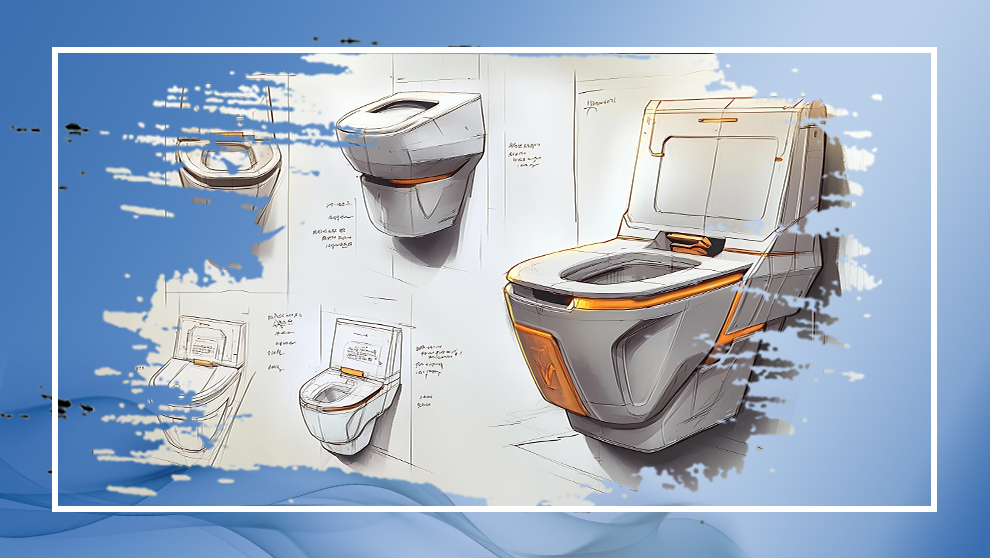Technical Articles

From raw material preparation to high-temperature firing, any minor oversight in each process step may lead to product defects or even total scrap. Multiple defects can occur during ceramic forming. Below are some common defects and their preventive measures:

Mold design serves as the bridge connecting product design to mass production, acting as a critical factor influencing forming quality. A successful mold design must satisfy product appearance and functional requirements while simultaneously considering production feasibility, efficiency, and cost-effectiveness. Any minor flaw in design will be amplified during large-scale production, ultimately directly impacting product yield and quality.

The sanitaryware production process, encompassing the complete workflow from raw material preparation, slip casting, to glazing and firing. Uncover the manufacturing secrets behind how bathroom fixtures like toilets evolve from clay into exquisite sanitaryware.

Small auxiliaries, big manufacturing impact. Though seemingly minor, these materials are indispensable pillars of the ceramic industry. Centering on “stability,” Shidai Yitao enhances slurry forming properties through rheology modifiers and ensures long-term slurry stability with preservatives, empowering enterprises to achieve efficient, high-quality production. Amidst emerging new materials and processes, Shidai Yitao continuously explores broader application scenarios, committed to delivering more refined and reliable auxiliary solutions for the ceramic industry.

The roles and values of commonly used raw materials (such as kaolin, feldspar, and quartz) and additives (such as desiccant, binder, and defoamer) in sanitary ceramics production. By rationally combining raw materials and additives, the fluidity of the slurry can be optimized, the strength of the body can be enhanced, and the quality of the glaze can be improved, thereby increasing the overall performance and production efficiency of sanitary ceramic products.